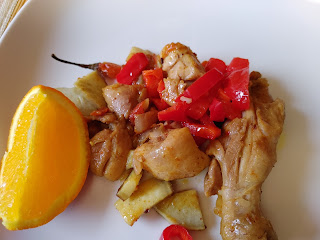Zulu Lesson The Navel
We have another Zulu lesson, thanks to Yonkers, a suburb in New York City.
Zulu is a language whose umbilical cord in buried KwaZulu, in South Africa. It is almost similar to languages spoken in neighbouring countries like, eSwatini and Zimbabwe.
Today’s lesson is the navel, i-nka-ba. You say the first part like email, the second like Yonkers and the last like baba. Inkaba means three things. That belly button that connected you to your mother when you were in the womb; the umbilical cord itself and your place of birth.
Some people put diamonds in the belly button (inkaba). Isn’t it painful? Maybe they do it under anesthesia. Belly buttons are cut differently. Some are spread out evenly, not too deep inside and not popping up either. Others are bigger, like a real button. Others are incognito, like mine. You see, I live well, eat well and well! The belly button (inkaba) was swallowed by all that fat. Chaaayi! I’m working hard to remedy the situation. Ha! Ha! Ha!
Secondly, inkaba is the umbilical cord itself. It is not enough to say my name is Zama Khoza. Someone can probe further: where is your umbilical cord buried? (Iph’ inkaba yakho?) This question comes from how women gave birth at home. Female relatives cleaned the new mother and the baby and someone buried the umbilical cord in the backyard. I think it was the mother-in-law, but I’m not sure. That is what happens when we don’t spend time with grandparents, great uncles and great aunts. Family history is lost.
The U.S.A. is immigrant country, except for people brought from Africa in chains. Where is your umbilical cord buried? Early immigrants landed in America fleeing hunger in England, Portugal, Netherlands, Italy, Scotland, Ireland, France, Spain, Poland and other European countries.
Homework: Ask your grandparents about your family’s origins, before they came to Canada and U.S. Where is their umbilical cord buried?
Nonqaba waka Msimang
Blogger Without Borders




Comments